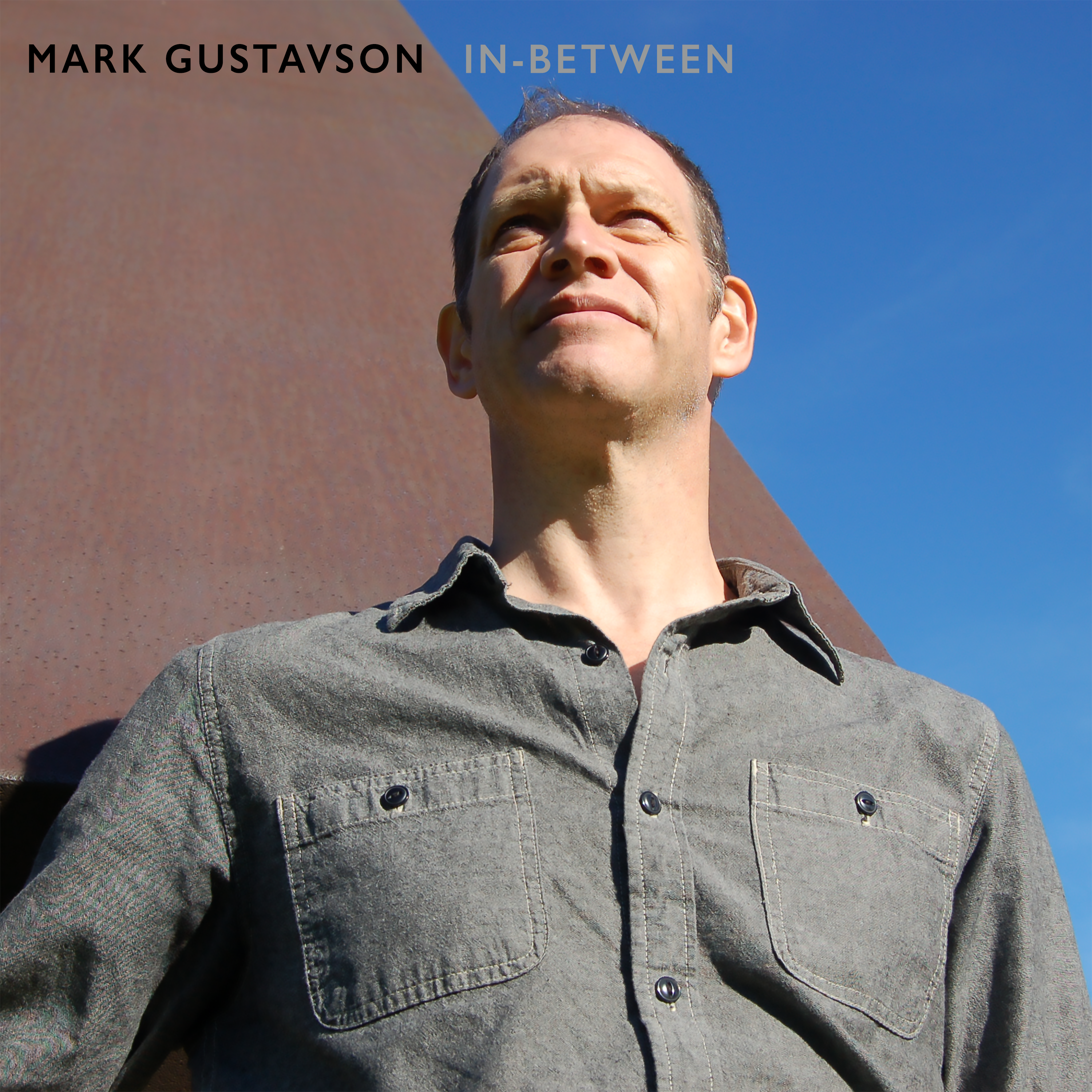I am going to write a series of posts, each one dedicated to a piece from my new album “Dissolving Images.”
DISSOLVING IMAGES for piano (1986)
I started composing this 15-minute solo in Amsterdam while I was studying at the Conservatory of Amsterdam with Ton DeLeeuw on a Fulbright Fellowship. I finished the piece in New York. The title of this piece comes from the third line in Pablo Neruda’s poem “Thinking, Tangling Shadows”:
Thinking, tangling shadows in the deep solitude.
You are far away too, oh farther than anyone.
Thinking, freeing birds, dissolving images,
burying lamps.Belfry of fogs, how far away, up there!
Stifling laments, milling shadowy hopes,
taciturn miller,
night falls on you face downward, far from the city.Your presence is foreign, as strange to me as a thing.
I think, I explore great tracts of my life before you.
My life before anyone, my harsh life.
The shout facing the sea, among the rocks,
running free, mad, in the sea-spray.
The sad rage, the shout, the solitude of the sea.
Headlong, violent, stretched towards the sky.You, woman, what were you there, what ray, what vane
of that immense fan? You were as far as you are now.
Fire in the forest! Burn in blue crosses.
Burn, burn, flame up, sparkle in trees of light.It collapses, crackling. Fire. Fire.
And my soul dances, seared with curls of fire.
Who calls? What silence peopled with echoes?
Hour of nostalgia, hour of happiness, hour of solitude.
Hour that is mine from among them all!
Megaphone in which the wind passes singing.
Such a passion of weeping tied to my body.Shaking of all the roots,
attack of all the waves!
My soul wandered, happy, sad, unending.Thinking, burying lamps in the deep solitude.
Who are you, who are you?
Translated by W. S. Merwin
The piano piece explores the same idea Neruda explores in his poem, the nature of thinking. In the poem Neruda is thinking about a woman he is in love with (perhaps his first love because he was 18 when he wrote the poem) or the idea of her. I replace the “idea of her” with the minor third (G-Bb) to the rhythm of a quarter-note pick up to a half-note:
[sc_embed_player volume=”75″ fileurl=”https://www.markgustavson.com/blog/wp-content/uploads/2013/08/m31.mp3″]
The entire piece grows out of the opening interval/motive and reveals its nature throughout as a metaphor for thinking; the developing variations are the revelations of the thought as it unfolds — or dissolves.



